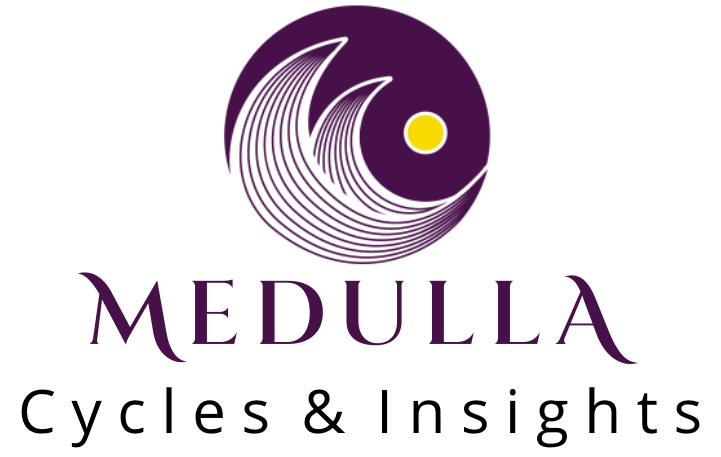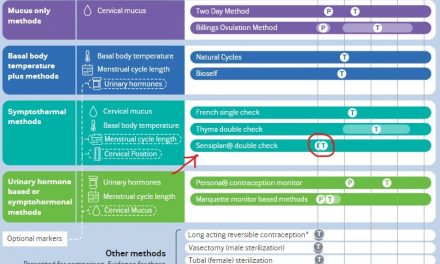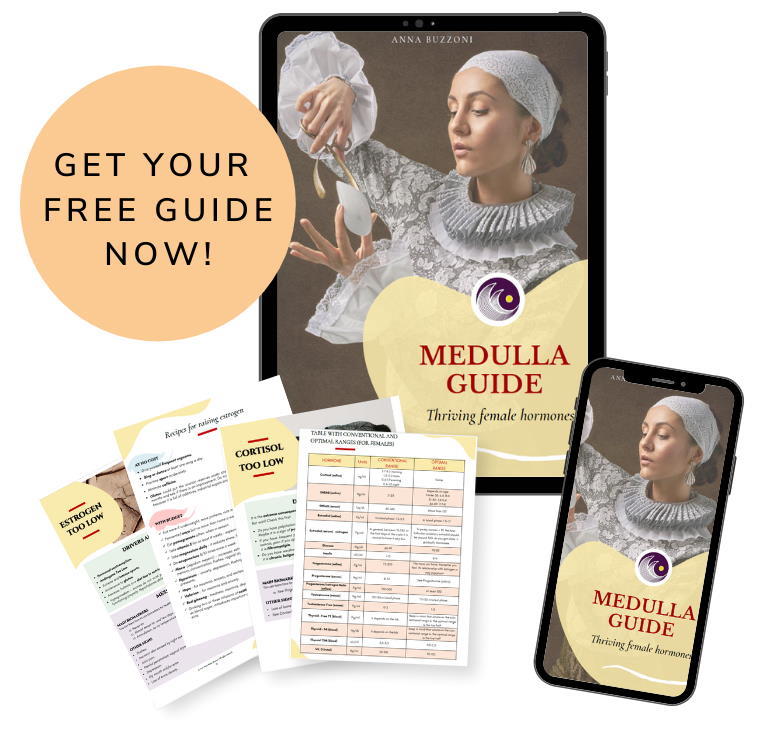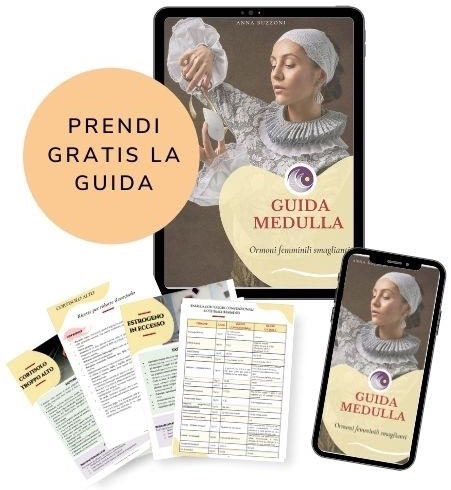This article was originally published in Italian in 2017
A major study just published suggests the importance of female sex hormones, estrogen and progesterone, in the prevention and protection of heart muscle.
Metaphysical heart
Maybe not everyone knows that ovulation brings about a peak of serotonin and testosterone. These hormones, which also act as neurotransmitters (i.e. physiological substances that allow brain cells, neurons, to communicate with each other), perform numerous functions, and directly affect behavior, movements, motivation, libido, pleasure, optimism, vitality, also affecting sleep, mood, attention and learning.
Moreover, they make us more empathetic, open and available, giving us the strength to take care and support those around us, but also our projects and everything that needs intense passion, love, care, nourishment. It can be said that ovulation makes our “heart” big, pulsating, warm.
The cardiac muscle
What about the heart as a muscle? According to research led by Dr. Jerilynn C.Prior, Professor of Endocrinology and Metabolism at British Columbia University in Vancouver, Canada, and Director of the Center for Menstrual Cycle and Ovulation Research (CeMCOR) ovulation protects the cardiovascular system.
Science has long assumed that estradiol (the dominant estrogen hormone in non-pregnant women of childbearing age) has a protective function on the heart, and would explain why women suffer much less from heart attacks than men. Dr. Prior adds that progesterone has an equally important function. Progesterone is the natural hormone produced by ovulation: the mature follicle dies to release the egg, and in less than 24 hours it is reprogrammed into a new, secretive gland called the corpus luteum.
Unfortunately, it can happen quite often that cycles are anovulatory, that is, without ovulation. Women who do not chart the cycle may not even notice it, since sooner or later the bleeding (which is not a real menstruation) happens anyway. Those who do not chart the cycle know that if the basal body temperature does not rise and does not remain higher for a set amount of days, it means that ovulation has not taken place. The corpus luteum increases the temperature by about 1 degree Celsius (a little less). Ideally the temperature should be higher for a minimum of 10 days to maximum 16 days.
Early menopause (it is early if it occurs before the age of 40) is associated with anovulatory cycles, and especially, cardiovascular problems that occur in early menopausal women are associated with anovulatory cycles during their fertile period, suggesting the fundamental importance of progesterone in protecting the heart muscle.
An extensive study published today in the Journal of the American College of Cardiology (a peer-reviewed scientific journal of the American College of Cardiology) and disseminated by the Guardian, showed that the earlier women enter menopause, the greater the risk of a heart attack.
In addition, researchers at the University of California, San Francisco, have seen that women who have never had pregnancies are significantly more at risk of heart attack, to be precise, they are 2.75 times more likely to suffer from diastolic heart failure. Prof. Parikh, co-author of the study, argues that more investment is needed in research because the data suggests that sex hormones play a key role in protecting the cardiovascular system.
Synthetic Estrogen and Hormone Therapy
Menopausal women who choose hormone replacement therapy (which involves the administration of a synthetic estrogen similar to the contraceptive pill) need to know that these synthetic drugs do not protect against cardiovascular risk, adds Prof. Metin Avikran, Associate Director of the British Heart Foundation, so patients should carefully consider the pros and cons of this therapy with their doctor.
High doses of synthetic estrogen are linked to an increased risk of breast, cervical and liver cancer, for example, which is why even women of child-bearing age with a family history of cancer should carefully consider their contraception. Combination contraceptive drugs (pill, Nuvaring, etc.) were declared carcinogenic by the World Health Organization in 1999 and again in 2005.
Being aware of the language of the cycle is good for the physical and metaphysical heart
Charting the cycle makes us aware of when and if ovulation occurs. In the case of frequent anovulatory cycles, we can make informed choices together with our doctor, especially when our family history or living conditions (obesity, high blood pressure, etc.) expose us to greater cardiovascular risks.
Charting your cycle also significantly reduces the incidence of premenstrual syndrome, makes us more responsible and gives us back the dignity of our emotions, negative and positive – watch Dr. Stein De Luca’s TED Talk and it will shake your beliefs on PMS in a positive and constructive way!
Phone apps to chart the cycle are often not sufficient. To turn pain into fertile humus and vitality it’s important to write by hand (they call it emotional granularity).
Charting the cycle is not rocket science, does not require much time and is not the prerogative of those who do not take contraceptive hormones (which suppress ovulation, except for Mirena, the hormonal coil spiral, which suppresses it only in a third of cases, by mistake). It is an invaluable routine for all women.
Some people brush their teeth three times a day, some four, some people only once, some people never brush their teeth. A century ago, no one brushed teeth, or very few. Then it turned out that you live much better, and now it is considered a very normal routine, to be taught to children. Charting the cycle has the same value and will become the new norm.







